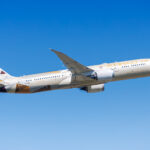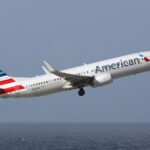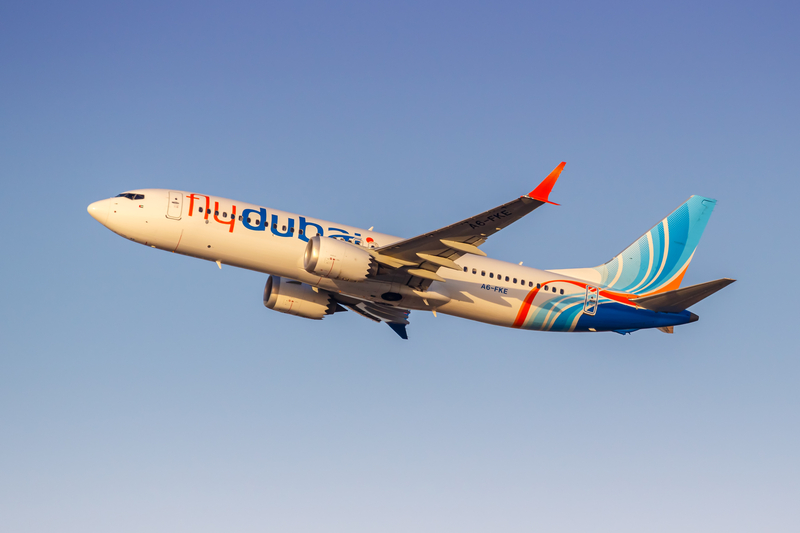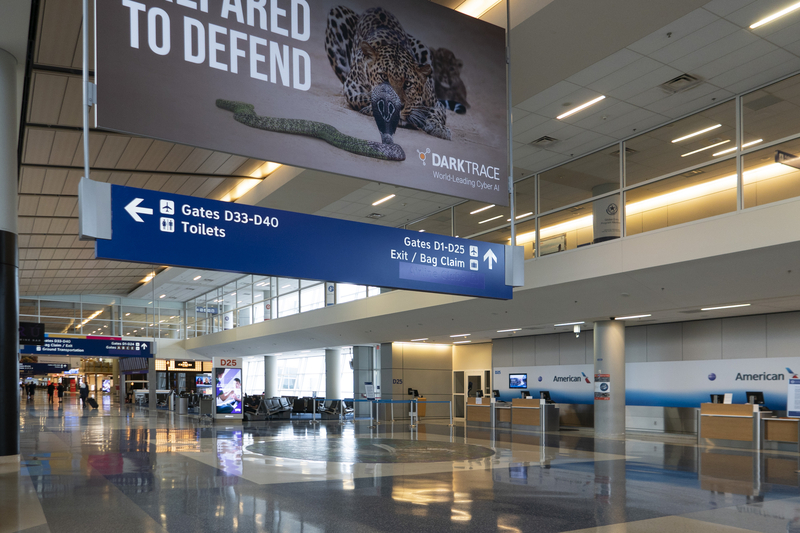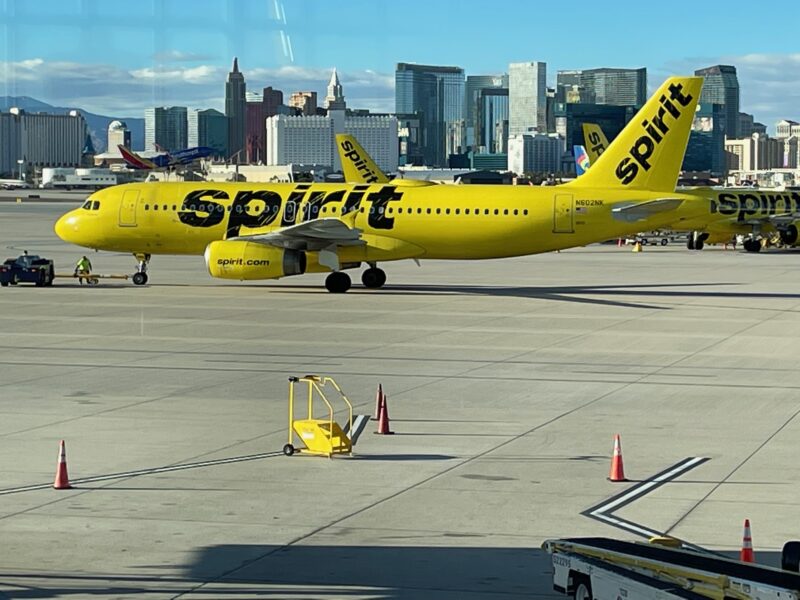American Airlines Flies Wrong Aircraft to Naples, Forced to Divert to Rome
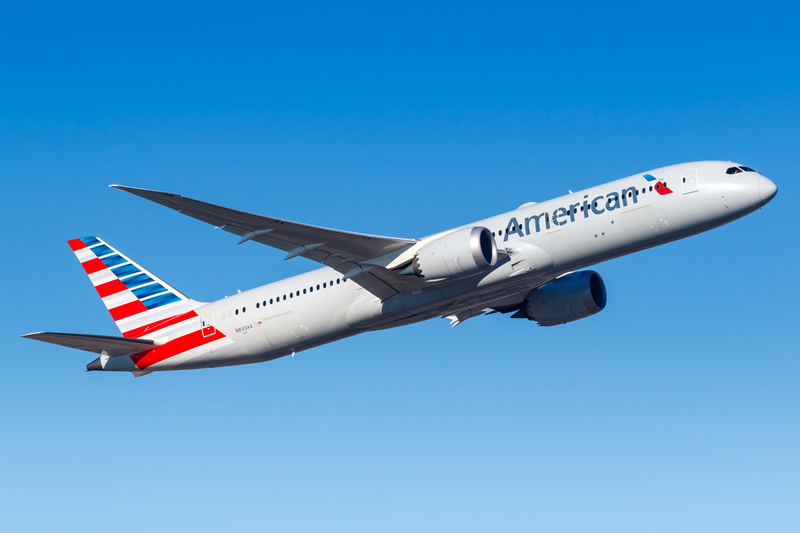
ID 222751811 © Boarding1now | Dreamstime.com
A seemingly routine transatlantic flight turned into an embarrassing operational misstep this week for American Airlines, after a Boeing 787-9 en route to Naples, Italy, had to divert at the last minute—not due to weather or mechanical issues, but because the aircraft wasn’t authorized to land at its intended destination.
Wrong Aircraft, Right Route—Until Descent
American Airlines Flight 780, a seasonal service from Philadelphia (PHL) to Naples International Airport (NAP), was scheduled to operate as usual on the evening of Monday, June 2, 2025. But due to a last-minute equipment substitution, the airline swapped the usual Boeing 787-8 for a Boeing 787-9, registration N837AN.
At face value, the switch may have seemed benign—the 787-9 is simply a stretched variant of the 787-8, offering more seating capacity with nearly identical performance characteristics. The aircraft pushed back from Philadelphia on schedule and flew a smooth eight-hour flight across the Atlantic.
But things took a turn as the aircraft began its descent toward Naples. Rather than lining up for approach, the aircraft abruptly diverted to Rome Fiumicino (FCO)—despite clear skies and no weather-related issues at the Naples airport. No NOTAMs or air traffic flow restrictions were in place. The reason? The 787-9 isn’t approved to land at Naples.
Why the 787-9 Wasn’t Cleared for Naples
While the differences between the 787-8 and 787-9 may be minor on paper, Naples International Airport imposes strict limitations due to its shorter runway, more confined apron space, and mountainous terrain—a combination that makes the airport sensitive to larger aircraft operations.
Although the 787-8 meets the airport’s requirements, the 787-9 apparently exceeds either a weight, wingspan clearance, or emergency performance metric, which disqualifies it under the local authority’s guidelines. American Airlines’ operations team either overlooked or miscommunicated this detail prior to dispatch.
Swift Recovery Via Rome
Once on the ground in Rome, American needed to reconfigure its Italy operations on the fly. The airline runs a daily Rome–Chicago (ORD) service using a 787-8, so the decision was made to swap aircraft between Rome and Naples.
-
The 787-9, now stuck in Rome, was reassigned to fly the Chicago-bound flight.
-
The 787-8, registered N880BJ, was kept in Italy and later repositioned to Naples the following day.
However, due to crew duty hour limitations, the new Naples-bound flight could not depart on June 3. The aircraft and crew overnighted in Rome. On June 4, American operated a 38-minute repositioning flight from Rome to Naples to pick up operations there.
Later that day, the rescheduled Naples–Philadelphia flight finally took off, closing the loop on what could’ve been a textbook long-haul journey.
What Happened to the Passengers?
American has not publicly detailed how affected passengers were handled in Rome. It’s unclear whether:
-
They were placed in hotels overnight and reboarded the next day’s repositioning flight;
-
Or if the airline arranged alternate ground or air transportation to get them to Naples the same day.
In either case, a nearly 5,000-mile flight meant to land in Southern Italy ended up landing 124 miles north, likely causing missed connections and frustration among passengers.
Bottom Line
American Airlines mistakenly operated a Boeing 787-9 to Naples, only to realize mid-descent that the aircraft wasn’t certified to land at the airport. The ensuing diversion to Rome, while quickly resolved, represents a rare but critical breakdown in aircraft dispatch protocol.
Though the airline acted quickly to limit the ripple effect of the mistake, the incident raises important questions: How did the substitution clear pre-flight planning? Were automated systems or manual oversight at fault?
While passengers were eventually rerouted and the operation recovered within 48 hours, the incident underscores just how complex, fragile, and dependent on precise planning international airline operations truly are.
